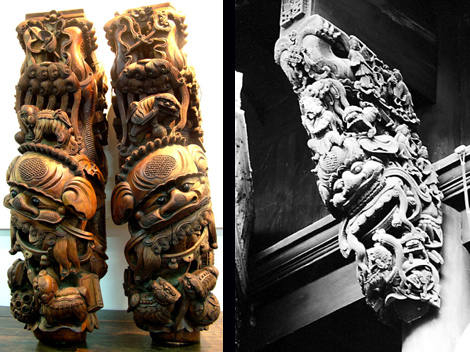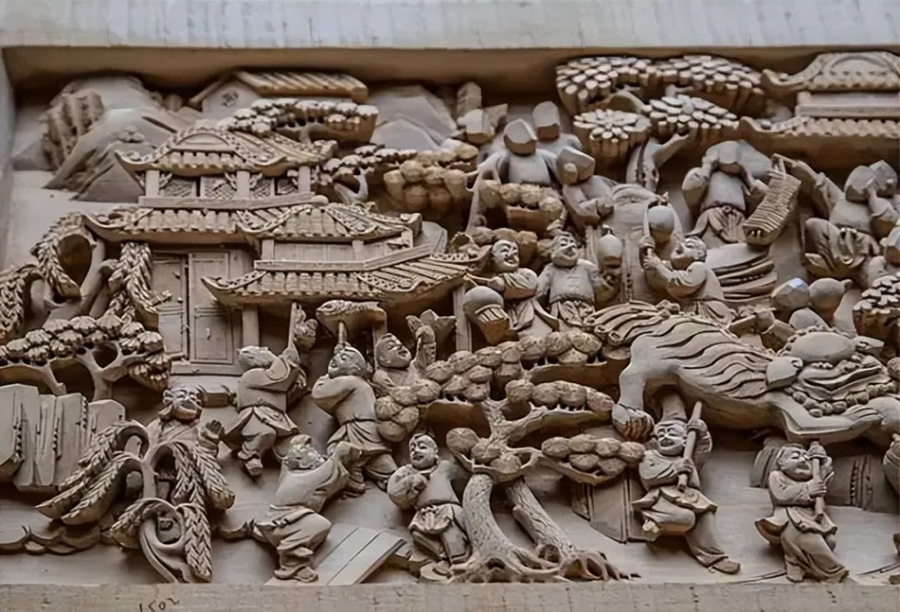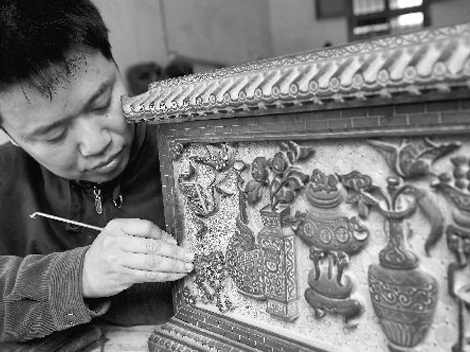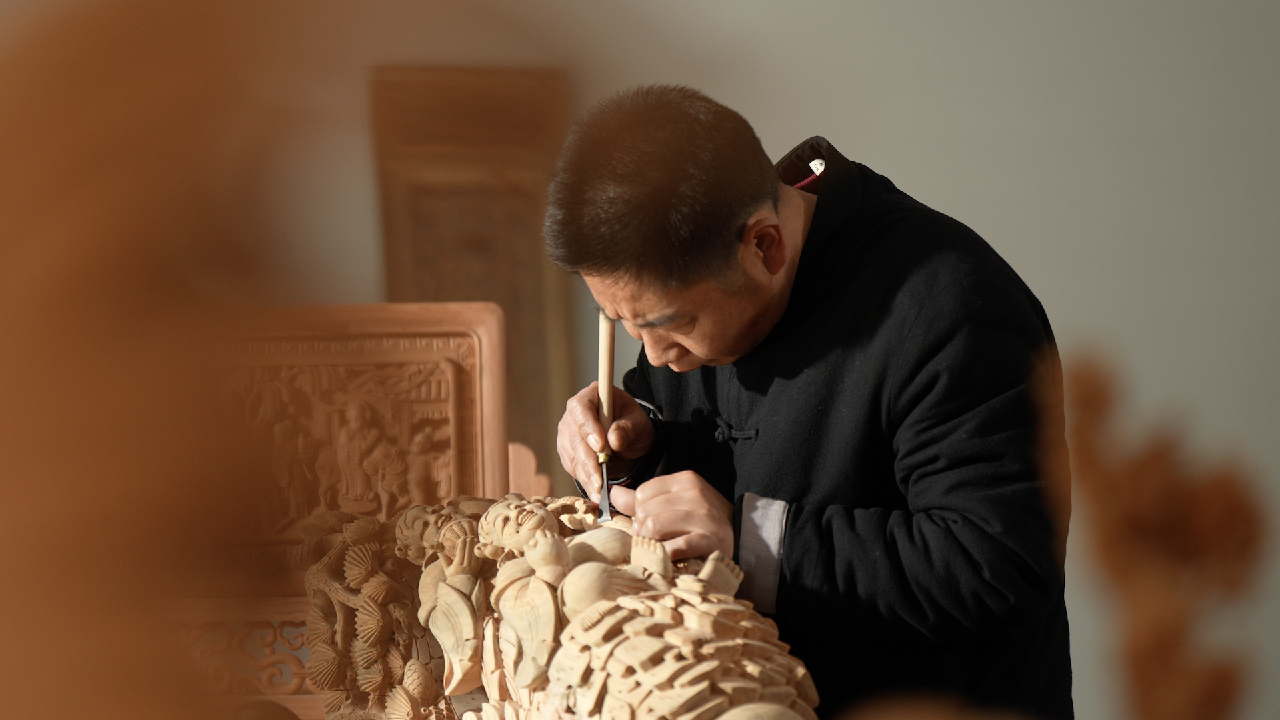Exploring Huizhou’s Woodcarving Culture and Historical Artistry
Welcome to the enchanting world of Huizhou woodcarving culture, where ancient artistry meets the rich tapestry of China’s cultural heritage. If you’re a traveler seeking to uncover the hidden gems of China, Huizhou in Anhui Province offers a captivating blend of history, craftsmanship, and beauty that’s perfect for culture enthusiasts. This traditional art form, deeply rooted in Huizhou cultural heritage and China craft history, showcases intricate designs that have adorned homes and public spaces for centuries. At jusha.travel, we’re passionate about guiding you through these unique experiences, helping you discover the soul of China one story at a time.

The Historical Origins of Huizhou Woodcarving
Huizhou’s woodcarving tradition is a testament to the enduring spirit of China history travel, tracing its beginnings back to the Song Dynasty (960–1279). Over time, this craft evolved into a sophisticated art form, especially during the Ming Dynasty (1368–1644), when the rise of the Huizhou merchant class fueled a golden era of creativity [Source: Huizhou Woodcarving – China Daily](https://www.chinadaily.com.cn/ezine/2007-08/16/content_6029287.htm). These merchants, known for their economic prowess, commissioned elaborate carvings to decorate their grand residences, transforming simple designs into symbols of status and refinement.
As you explore cultural attractions in Huizhou, you’ll notice how this art form shifted from basic bas-relief techniques to more complex high-relief styles by the 17th century. This evolution was driven by the availability of premium woods like pine and nanmu, which allowed artisans to create detailed narratives on beams, doors, and furniture. For travelers planning a Huizhou travel guide, visiting sites like the ancient villages of Xidi and Hongcun—UNESCO World Heritage locations—provides a firsthand glimpse into this history. Here, you can wander through preserved structures that whisper stories of prosperity and cultural pride, making it an essential stop for anyone delving into Huizhou cultural heritage.

Techniques and Artistic Characteristics in Huizhou Woodcarving
Delving deeper into Huizhou woodcarving culture, the techniques employed by these master artisans are nothing short of mesmerizing. From relief carving and line engraving to intricate in-the-round and hollowed-out methods, each piece reflects a harmonious blend of skill and storytelling [Source: Chinese Woodcarving Art: Categories and Techniques]. Imagine standing in a dimly lit hall, admiring carvings that depict folk legends, Confucian rituals, and even Buddhist motifs—all carved with such precision that they seem to come alive.
This aspect of China craft history emphasizes not just the beauty of the wood but the artistry in composition and narrative. For instance, windows and beams in traditional Huizhou homes often feature scenes from daily life or historical tales, serving as both decoration and a window into the past. As a traveler, incorporating these insights into your itinerary can enhance your experience; consider joining a workshop in Huizhou to try your hand at basic carving techniques. It’s a fantastic way to connect with local culture, and sites like the Huizhou Three Carvings Heritage Art Museum offer interactive sessions that blend tradition with modern education. Plus, for those curious about cultural attractions in Huizhou, this hands-on approach adds a personal touch to your journey, aligning perfectly with the exploratory vibe of Huizhou travel guide.

Cultural and Social Significance of Huizhou Woodcarving
Beyond its aesthetic appeal, Huizhou woodcarving culture plays a pivotal role in understanding Huizhou cultural heritage, intertwining with the social fabric of ancient China. The rise of Huizhou merchants during the Ming and Qing dynasties turned this craft into a symbol of wealth, knowledge, and piety, often seen in ancestral halls and public buildings [Source: Historical Evolution of Huizhou Woodcarving and Its Cultural](https://francis-press.com/papers/10697). These carvings weren’t mere decorations; they communicated values like family loyalty and scholarly pursuits, embodying the “merchants good at Confucianism” ethos that defined the region.
For modern travelers, exploring this aspect reveals how China craft history influenced daily life and community identity. In places like Hongcun Village, you can see carvings that depict prosperity through motifs of flowers, animals, and mythical creatures, offering a cultural narrative that’s both educational and inspiring. To make your visit more enriching, pair it with local cuisine—think Anhui’s famous Huizhou-style dishes, like braised pork with aromatic spices, which echo the same regional flavors found in the wood’s designs. This connection between art and food highlights China’s holistic approach to culture, a theme we at jusha.travel often explore to inspire deeper connections. Remember, when visiting, respect local customs by observing quietly and learning from guides, ensuring your experience is culturally sensitive.

Legacy, Preservation, and Modern Development
The legacy of Huizhou woodcarving culture endures into the present, with efforts to preserve this China history travel treasure ensuring its relevance for future generations. During the Qing Dynasty, the art reached its zenith, adorning everything from furniture to architectural elements, and today, it’s recognized as part of China’s national intangible cultural heritage [Source: Bringing the ‘Three Carvings of Huizhou’ to the World Stage](http://english.anhuinews.com/newscenter/e/202405/t20240530_7591523.html). Modern masters, like the 27th-generation artisan Zha Rong, are innovating by blending traditional techniques with contemporary designs, making it accessible through markets and educational programs.
As part of your Huizhou travel guide, don’t miss opportunities to engage with this living tradition—perhaps by attending a carving demonstration or visiting the Huizhou Three Carvings Heritage Art Museum. This not only supports local communities but also ties into broader China trends, like the use of technology in cultural preservation, such as digital archives and virtual tours. Interestingly, this mirrors China’s rapid tech advancements, where apps help travelers navigate sites with augmented reality overlays. By experiencing these, you’ll gain practical insights, like tips for sustainable travel in historic areas, ensuring you leave a positive impact.
In conclusion, immersing yourself in Huizhou’s woodcarving culture and its Huizhou cultural heritage offers a profound journey through China craft history, blending artistry with the stories of a bygone era. From the intricate techniques to the social significance, this exploration enriches your understanding of cultural attractions in Huizhou and China history travel. At jusha.travel, we love sharing these insights to make your China adventures unforgettable, so whether you’re planning a trip or just dreaming about it, remember the timeless allure of Huizhou’s carvings.
We’d love to hear your thoughts—have you visited Huizhou or tried woodcarving yourself? Share your stories in the comments below, explore more on jusha.travel for additional China travel guides, or check out our related articles on ancient Chinese crafts. Safe travels and happy exploring!

